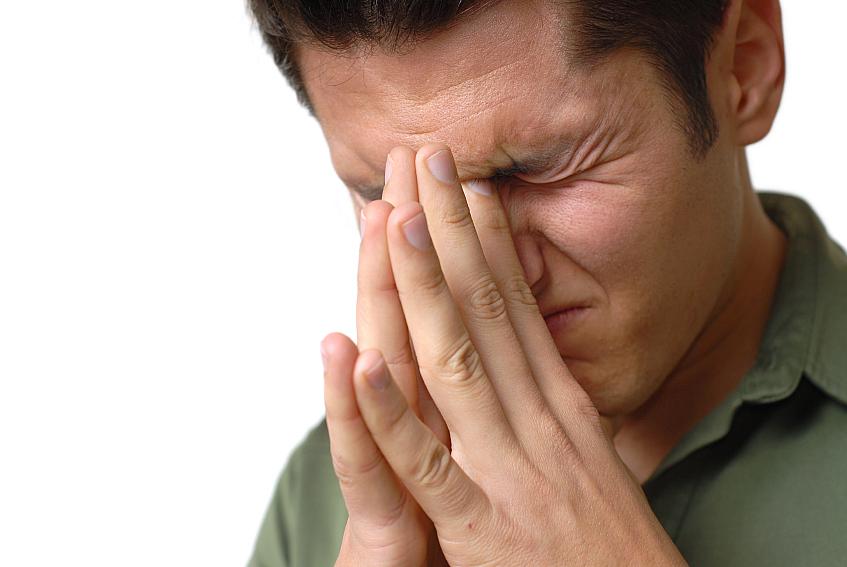Chronic Pain: Global public health problem and priority

Chronic pain is not ranked as high priority for public health, in comparison to other diseases. People are used to reaching out to analgesic for instant pain relief which means this problem is positioned wrongly: patients keep treating the symptom instead of dealing with the cause. Simultaneously, governments haven’t shown significant success in constructing an effective prevention program. In 2011, when the U.S. Congress commissioned the Institute of Medicine Committee and opened a dialogue about the chronic pain problem, the conclusion was clear: it is undermanaged. Committee’s vice chair (Noreen M. Clark, PhD) even pointed out the problem of drug abuse due to the ineffectively organized policies that don’t match the patients’ needs.
When it comes to severe pain, osteoarthritis and lower back pain are the two leading types worldwide and they are to blame for further health complications and can even cause disabilities. According to a survey conducted in 2005, around 19% of Europeans suffer from chronic pain issues. In the U.S., there are around 100 million people with some sort of pain problem, as the latest report (2011) by the Institute of Medicine showed. If you compare the latter statistics to the ones from the earlier IOM report (1988), you will notice the number of U.S. patients has significantly increased. This leaves room for several conclusions.
Firstly, chronic pain has yet to be recognized as a serious medical condition despite the fact its burden on public health is getting heavier as years go by. It’s not just an important matter of public health but an issue affecting the economics: chronic pain costs the U.S. over $600 billion annually – considering direct medical costs and lost productivity due to absenteeism (i.e. much-needed sick days for treatment and resting) or even disability and early retirement.
Secondly, the concept of integrated care must be put in the focus. The channels of communication inside the community of medical experts need to be bettered, especially between physicians and pain specialists. That is the only way to ensure proper unique treatment for every patient. An alarmingly small number of patients (cca. 20%) with low back pain received recommended clinical care. Furthermore, the public needs to be educated to ask for help when the first symptoms occur. Low back pain can easily be reduced or completely cured with the assistance of a chiropractic whose treatments can help without the patient needing to use any other medicaments and risk addiction. Physical therapy has also proven to be very effective: everyday light exercises can result in decreased low back pain.
Thirdly, there has to be an established system of cooperation between the governments and medical workers in order to come up with the best possible comprehensive strategy that will ensure rightful treatment. Medication control means finding a way to distribute the right types of medicaments on the market while preventing corruption, drug abuse, and shortages. It is well known that pharmacotherapy is the number one way of pain management but it must not be the only one.
The seriousness of the chronic pain condition is being neglected even though it severely impacts us on multiple levels. Let’s not forget the new fast-paced lifestyle 21st century has brought to the modern man, along with long sedentary working hours. Prevention is the key: the only way to communicate this is through education and mindful implementation of health policies. Given the fact that most of the medical workers find it hard to prescribe a successful therapy to patients experiencing chronic pain, further research and education are needed.

